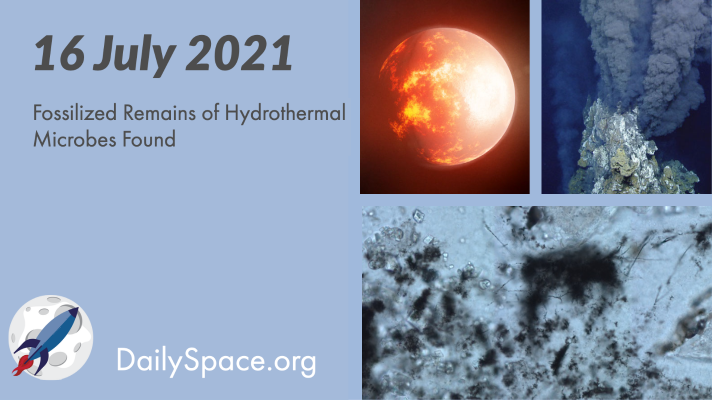
Jul 20, 2021 | Astrobiology, Daily Space, Earth, Exoplanets, Fast Radio Bursts
The fossilized remains of methane-cycling microbes have been found in exposed sedimentary seafloor rocks in South Africa. These microbes, dating back 3.42 billion years, could extend the fossil record back to when life first began on Earth. Plus, teenage exoplanets orbit sibling stars, and gamma-ray bursts happen on schedule.
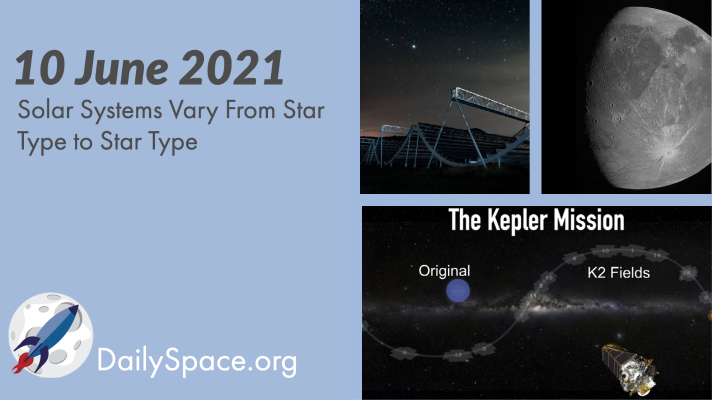
Jun 11, 2021 | AAS, Daily Space, Exoplanets, Fast Radio Bursts, Guest Interview, Jupiter, Kepler, Planetary Nebulae, Planets, Spacecraft, Stars
In new research, scientists examined the populations of stars observed by the Kepler and K2 missions and found that the solar systems were different depending on the type of star involved. Plus, CHIME results, a brown dwarf’s atmosphere, a stream of stars in the Milky Way, and an interview with PSI’s Dr. Candice Hansen about the recent Ganymede flyby of NASA’s Juno spacecraft.
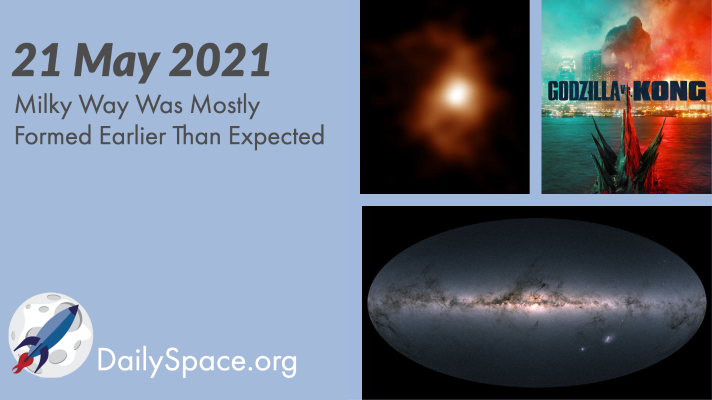
May 24, 2021 | Astrobiology, Climate Change, Comets, Daily Space, Earth, Fast Radio Bursts, Galaxies, Milky Way, Moon, Review, The Sun
New research shows that our galaxy was already in place prior to a major collision with a dwarf galaxy ten billion years ago. Plus, meteor showers, fast radio bursts, tardigrades, climate change, and a science review of Godzilla vs. Kong. No. Really!
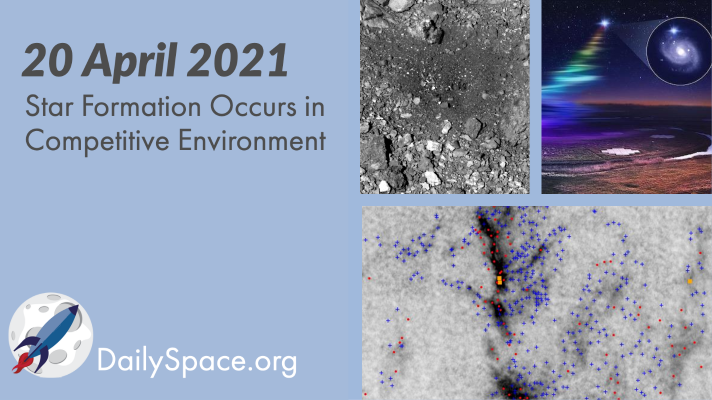
Apr 22, 2021 | Asteroids, Bennu Mapper, Climate Change, Daily Space, Earth, Fast Radio Bursts, Mars, Neutron Stars / Pulsars, OSIRIS-REx, Spacecraft, Star Forming Region, Stars, Supernovae
A survey of the stellar nursery in the Orion Nebula Cluster provides evidence that stars compete for material and their size depends on what they gather rather than their initial core size. Plus, NASA mission updates, fast radio bursts, neutron stars, visible novae, and mountain building in the Andes.
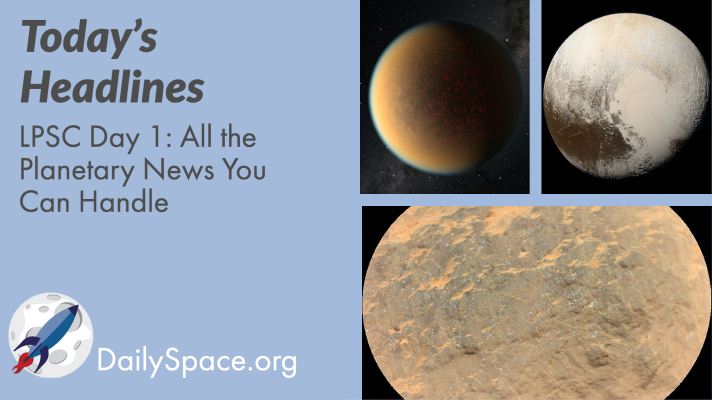
Mar 21, 2021 | Daily Space, Exoplanets, Fast Radio Bursts, LPSC, Mars, Mars 2020, Neptune, Perseverance, Physics, Planets, Pluto & Charon
Monday was the first day of the Lunar and Planetary Science Conference, and we are going to spend at least the next two weeks sharing as much science as possible. The conference is taking place virtually this year, and of course, Mars is the big focus. Plus icy worlds, volcanic worlds, and exoplanets, and we’re bringing you a little of everything.

Nov 24, 2020 | Astrobiology, Crewed Space, Daily Space, Fast Radio Bursts, Jupiter, Milky Way, Spacecraft, SpaceX, Supernovae
Two new research papers examine how the Milky Way galaxy was formed and how it evolved. Plus, we take a look at stories on the prospects for life elsewhere in the cosmos and on fast radio bursts and supernovae. Finally, just what was the zero-gravity indicator aboard the Crew-1 Dragon?








 We record most shows live, on Twitch. Follow us today to get alerts when we go live.
We record most shows live, on Twitch. Follow us today to get alerts when we go live.